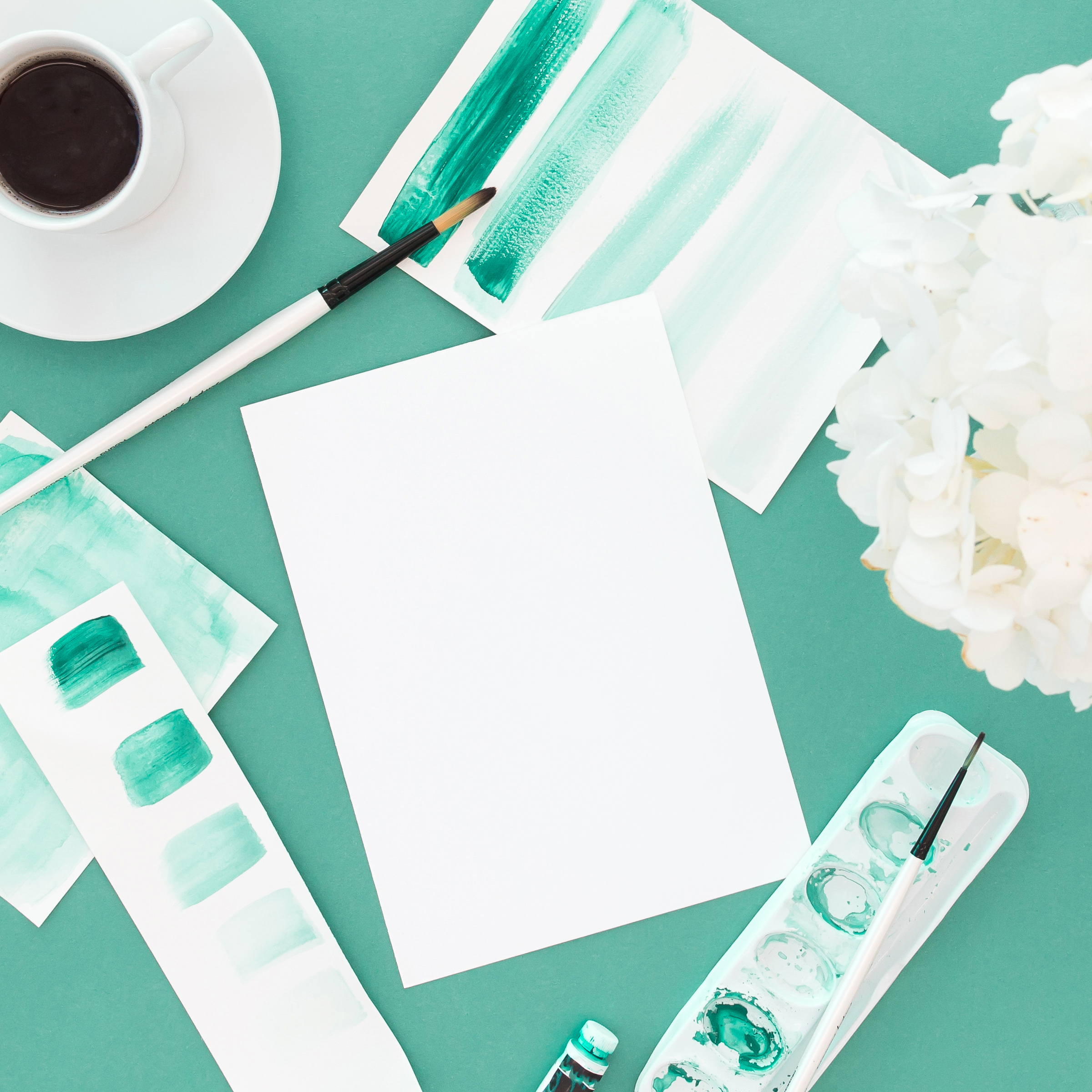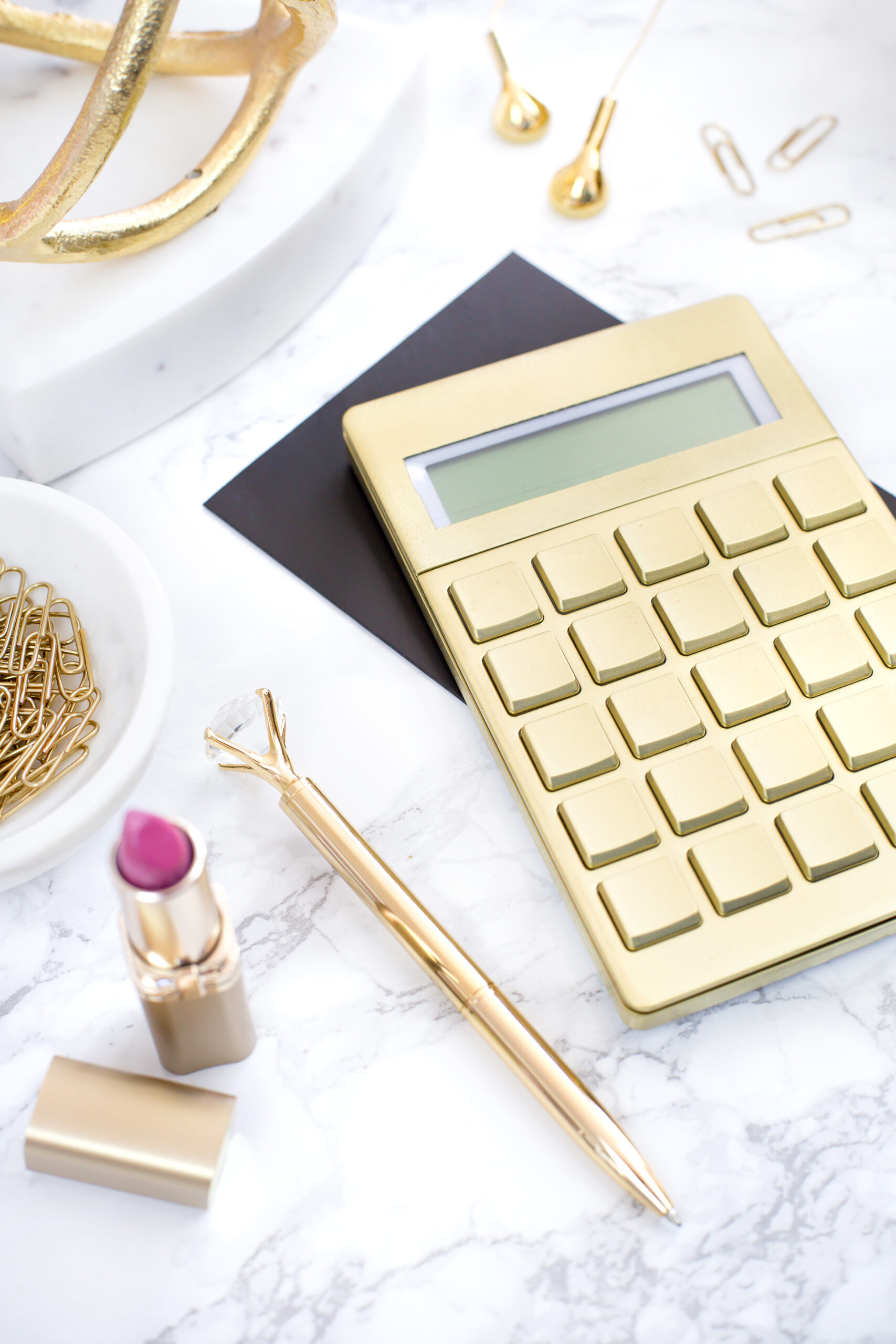
How to Choose the Right Colors for Your Branding
Looking to enhance your conversion rate? Your website’s color scheme might hold the key. I’ve personally witnessed the profound impact of colors on marketing and site effectiveness, and research substantiates this. In this article, we’ll delve into how to choose the right colors for your branding, as well as how color influences your conversion rate and provide step-by-step techniques that have proven effective on numerous websites. Let’s dive right in.
With a few simple adjustments to your color palette, you can significantly increase clicks, subscriptions, registrations, and sales. Understanding the psychology of colors and how they affect your audience is crucial.
Why Do Colors Matter?
Before we explore how colors can boost conversions, it’s essential to understand why they matter. Our brains are hardwired to interpret the world through the colors we see, and this extends to our interactions with websites.
Colors Enhance Overall Site Appeal
The colors you use can profoundly impact how visitors are drawn to your site. Studies show that people form subconscious judgments about a website within 90 seconds, with 62% to 90% of that judgment based on color alone. As first impressions are paramount, your color choices affect how visitors perceive your site.
Colors Shape Brand Perception
Brands meticulously select color schemes and guidelines because color influences brand recognition by up to 80%. Even slight variations can alter how we perceive and recognize a brand, affecting its style and personality.
Colors Influence Purchases
Colors can significantly influence buying habits. Around 85% of shoppers cite color as the primary reason for purchasing a product. Just like how the color of a car can influence your choice, the colors you use on your e-commerce site can impact what customers add to their carts.

Colors Improve Memory
Colors improve memory, and they can make your site stand out. The von Restorff effect demonstrates that contrasting colors draw attention, which you can observe in daily life. Different brands leverage colors to evoke specific emotions and stand out from their competitors.
Understanding Color Psychology
To make a substantial impact on your conversion rate, you need to grasp the psychology of color. Different colors convey specific meanings:
1. Blue: Signifies trust, security, loyalty, and responsibility. It’s the favorite color for most men and is often used by financial institutions.
2. Yellow: Associated with optimism and attention-grabbing, but can be challenging to read. Often used in warning contexts.
3. Red: Evokes energy, urgency, and appetite. Common in marketing to stimulate action and frequently used in the food industry.
4. Green: Represents freshness, environmental consciousness, and calmness. It’s suitable for brands with innovative ideas or environmental values.
5. Orange: Conveys playfulness, excitement, and fun. It stands out and is used to draw attention to calls to action.
6. Pink: Appeals to femininity and romance. Effective for brands targeting women or products related to children.
7. Purple: Suggests luxury, creativity, and introspection. It’s versatile and can be used in various contexts when paired with complementary or contrasting colors.
8. Brown: Signifies dependability and earthiness. It’s used to promote durability and resilience.
9. Black: Associated with luxury, authority, and sophistication. Commonly used by luxury retailers and brands.
10. White and Gray: Evoke simplicity, cleanliness, and minimalism. Useful for creating open and spacious designs.
Using Color Combinations
Rather than focusing solely on a single color, the combination of colors is often more critical for your conversion rate. Here are some strategies to consider:
Primary Colors: Red, blue, and yellow are excellent for encouraging actions. These colors are unambiguous and convey a clear message.
Contrasting Colors: High-contrast color combinations, such as a red button on a green background, can be effective in driving conversions.
Analogous Colors: Analogous colors look good together and create a harmonious, subtle effect.
Utilizing Color Schemes
Tools like Adobe Color CC (Kuler) or Coolors.co can help you generate effective color schemes that match your branding and marketing goals.
Designate an “Action Color”
Create one color that consistently leads to action. Over time, this trains your visitors to associate this color with clicking, improving your click-through rate.
The Process to Boost Your Conversion Rate with Colors
Here’s a step-by-step process to improve your conversion rate through color:
Step 1: Analyze your current color scheme and understand the message it conveys.
Step 2: Select a contrasting color that aligns with the impression you want to promote and the conversions you aim to achieve.
Step 3: Conduct split testing and continuously make improvements based on the results.
In conclusion, color psychology plays a pivotal role in how users perceive your website and affects their actions. By strategically choosing and combining colors, you can significantly boost your conversion rate, increase user engagement, and ultimately drive more revenue. Don’t underestimate the power of color in your web design and marketing efforts.






